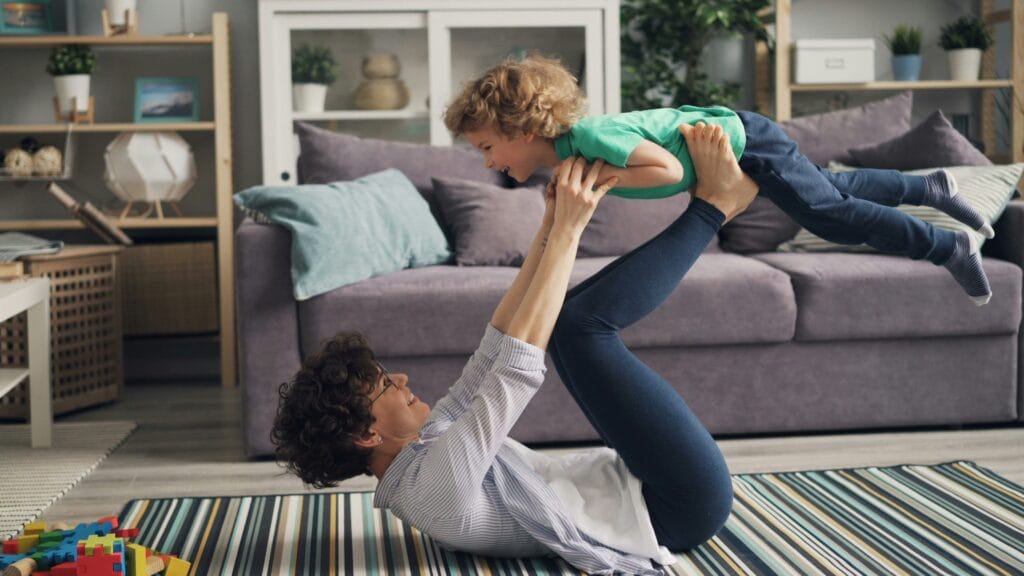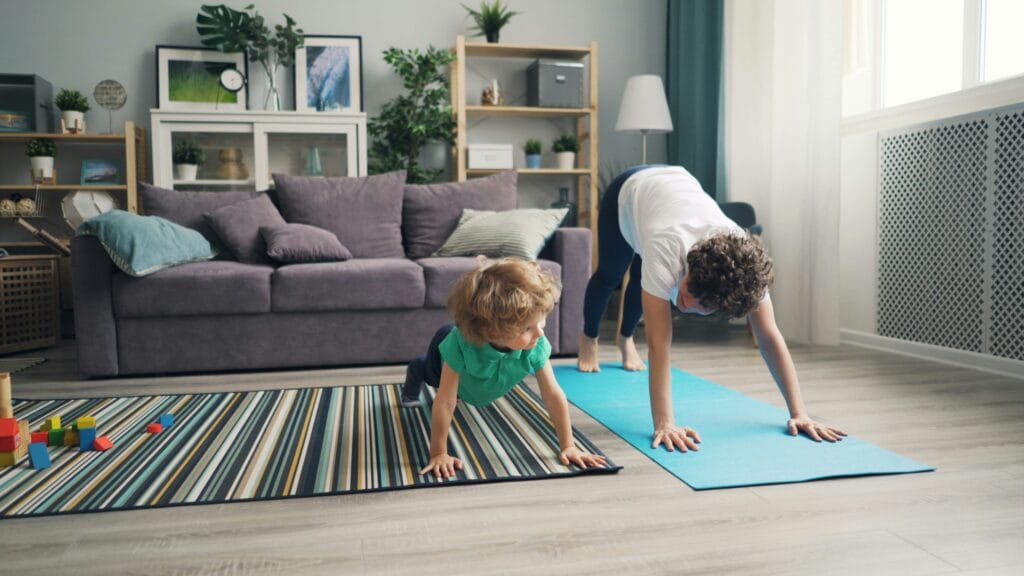In today’s screen-dominated world, children are more sedentary than ever, with rising concerns about obesity, poor posture, and mental health challenges. Parents are increasingly seeking activities that balance physical fitness with holistic well-being—and Pilates, often perceived as an adult-centric practice, is emerging as a transformative tool for kids. This low-impact exercise not only builds strength and flexibility but also fosters mindfulness, making it an ideal addition to your child’s routine. Below, we explore the multifaceted benefits of Pilates for kids and how to get started.

1. Building a Strong Foundation: Physical Benefits
Core Strength and Posture
Pilates emphasises core engagement—the muscles around the abdomen, back, and pelvis—which is critical for developing posture and spinal alignment. With children spending hours hunched over screens or school desks, poor posture can lead to chronic back pain and musculoskeletal issues later in life. Pilates counteracts this by strengthening the core, enabling kids to sit and stand taller effortlessly 214. Exercises like The Plank and The Bridge target these muscles, promoting stability and reducing injury risks during sports or play 1011.
Flexibility and Coordination
As children grow, their muscles and joints undergo rapid changes. Pilates incorporates dynamic stretches that maintain and enhance flexibility, which is especially beneficial for young athletes in dance, gymnastics, or soccer. Movements like The Mermaid and Single Leg Stretch improve range of motion and coordination, helping kids move with grace and efficiency 611. A systematic review even found that Pilates significantly improves flexibility and postural control in children with musculoskeletal conditions 5.
Injury Prevention
Unlike high-impact sports, Pilates focuses on controlled, low-impact movements, making it safer for developing bodies. By strengthening stabilising muscles and improving balance, children are less prone to falls or strains during physical activities. For example, The Superman exercise enhances back strength and coordination, which are vital for preventing sports-related injuries 1014.
2. Nurturing the Mind: Mental and Emotional Benefits
Enhanced Focus and Academic Performance
Pilates is as much about mental discipline as it is about physical movement. The practice requires concentration on breathwork and precise movements, training children to focus—a skill that translates to better attention spans in the classroom. Studies suggest that improved core strength allows kids to conserve energy, making them more alert during schoolwork 212.
Stress Reduction and Mindfulness
Even children face stress from academic pressures or social dynamics. Pilates incorporates mindfulness techniques, such as Balloon Breathing, which teaches deep, controlled breathing to calm the nervous system 611. By focusing on the present moment, kids learn to manage anxiety and build emotional resilience.
Boosted Self-Esteem
The non-competitive nature of Pilates allows children to progress at their own pace, fostering a sense of accomplishment. Whether mastering a Roll Like a Ball or holding a Plank, each milestone builds confidence and body positivity 1114.
3. Making Pilates Fun: Engaging Young Minds
Creative Play and Imagination
The key to keeping kids interested is turning exercises into playful adventures. Animal-themed poses, like Pilates Cat-Cow or Elephant Walk, transform workouts into imaginative games. Storytelling sessions, such as “treasure hunts” where each exercise unlocks a clue, make movement exciting 69.
Music and Props
Incorporate upbeat music or props like stability balls and resistance bands to add variety. For instance, Ball Pass games or Hula Hoop Challenges blend fun with core engagement 911.
Group Activities
Group classes encourage social interaction and motivation. Partner exercises, like mirrored movements or synchronized stretches, foster teamwork while making fitness a shared experience 6.
4. A Safe, Non-Competitive Environment
Pilates stands out for its inclusivity. Unlike team sports, there’s no pressure to “win,” allowing shy or less athletic children to thrive. Instructors modify exercises to suit individual needs, ensuring everyone feels successful 1314. This environment is particularly beneficial for children with anxiety or sensory sensitivities.
Safety First
Qualified instructors avoid exercises that strain the spine, prioritising age-appropriate movements. Mat-based Pilates is ideal for younger children, while reformers can be introduced cautiously under supervision 313.
5. How to Get Started: Practical Tips for Parents

- Find a Qualified Instructor
Look for instructors certified in teaching children, as they understand developmental needs and safety protocols. Many studios now offer kid-specific classes, such as iKore Pilates Studio, which tailors programs for young bodies 310. - Start Small
Begin with 15–30-minute sessions to match attention spans. Online classes or home routines with a mat and soft ball are great for busy families 1112. - Celebrate Progress
Praise effort over perfection. Reward systems, like stickers for completing exercises, keep kids motivated 12. - Lead by Example
Practice Pilates together! Family sessions strengthen bonds while modelling healthy habits.
Conclusion: A Lifelong Gift
Introducing Pilates to your child is an investment in their physical and mental well-being. From building core strength to nurturing mindfulness, the benefits extend far beyond the mat. As more schools and studios recognise its value, opportunities to engage children are growing—and for those passionate about fostering this practice, exploring jobs in Pilates could be a rewarding path.
By prioritising fun, safety, and individuality, Pilates for kids empowers them to embrace movement as a joyful, lifelong habit. Whether through playful poses or mindful breathing, this practice equips them with tools to thrive in an increasingly sedentary world.


2 comments
Thank you for sharing that!
Pilates for kids boosts flexibility, balance, and focus while making exercise fun. I’ve found the BetterMe Pilates Power Kit in Raspberry Pink https://store.betterme.world/products/pilates-power-kit-raspberry-pink perfect for home routines, offering resistance bands and guides that make sessions engaging and safe, helping kids build strength and coordination naturally.